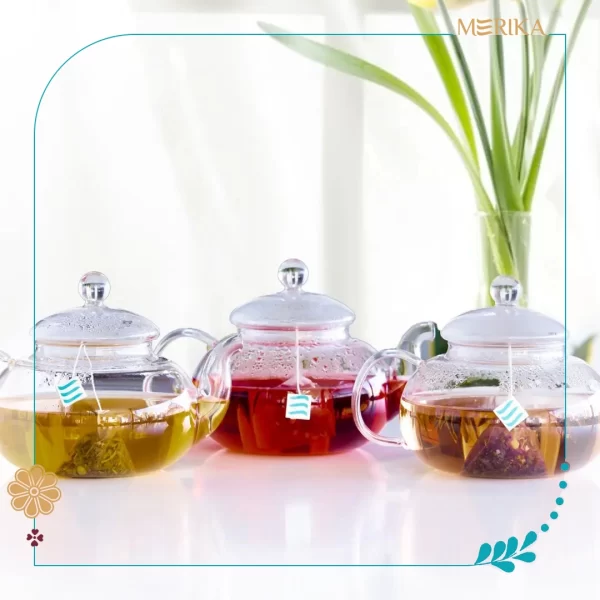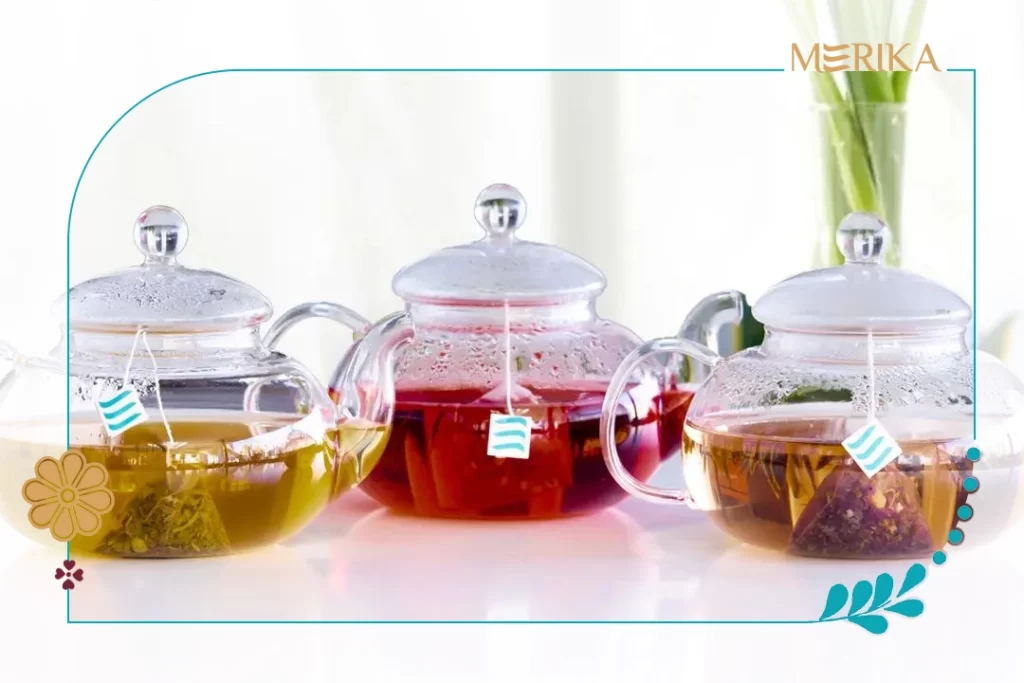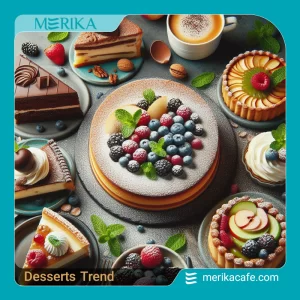The Ultimate Guide to Serving Drinks: From Iced to Steaming Hot

Providing high-quality beverages to your guests is essential to impress the customers with positive impressions. People who are experts in this field can detect whether you are a novice in the field by the blunders you make when serving the beverage.
Almost all beverages have a perfect temperature that brings out their best aroma and maximizes the layers of flavor they have to give. Serving drinks at the ideal temperature is the most excellent strategy to ensure that your clients appreciate them as much as possible, and this advice will assist you in doing exactly that!
From another angle, if you do anything like leave the bottle at room temperature or don’t know how to remove the cork properly, you can end up losing everything you paid for it.
In actuality, the flavors of each beverage vary depending on the temperature. You may expect a bottle of icy beer to make you feel better than one at ambient temperature. The ideal temperature for sipping a variety of commercial beverages is described below:
The Importance of Temperature in Drink Service
A distinction in flavor, background, and profit may be made by ensuring that your beverages are served at the right temperature. Although staff may know the best temperatures for serving the right beer, keeping kombucha new, and keeping wine, small practices can significantly impact. The foam and flavor of beverages might vary depending on the storing temperature, affecting your income and consumer satisfaction. It’s just as easy to put protocols that can stop unwelcome temperature swings despite how easily temperature can adversely affect your venue.
Foam and flavor are two aspects of serving drinks that are pretty temperature-sensitive.
Foam
Too much foam can be produced by higher temperatures, which will clog your lines. Froth is 25% off beverages like beer, so when you need to remove your lines, that froth turns into lost beer, costing your venue money.
Flavor
In a nutshell, beverages that are served chilled last longer and have a finer flavor. While greater temperatures don’t necessarily provide a distinct flavor, they quicken the oxidation procedure, which makes beverages go wrong sooner or undergo secondary ferment.
Best Practices for Cooling Drinks
Lacking a refrigerator and keeping drinks icy, particularly in the heat, can be challenging. But you’re no longer required to endure cold-serve drinks! Using a few easy techniques, you can keep your beverages cool without a refrigerator.
Related Post: Trendy Drinks of 2024
Therefore, how can beverages stay chilled without a fridge?
- Place the beverages in a chiller after filling them with ice.
- Employ an ice pad.
- Put the beverage in a zip-top bag filled with ice.
- At the shore, hide the zip-top packet in the muddy sand.
- Put the beverages in a container that has been filled with ice.
- Make use of a flask or thermos.
- For instant maintenance, use a wet tissue or paper towel.
- Keep insulated beverage covers close to reaching.
Temperature Guidelines for Coffee and Tea
The beverage coffee is very well-liked. Over three hundred million cups of coffee are consumed daily in the United States, with about 8 out of 10 cups coming from commercial establishments. The National Coffee Association of U.S.A., Inc. advises that for the best flavor, coffee should be kept at a temperature of between 180 °F and 185 °F (82.2 °C and 85 °C). This suggestion significantly impacted the decisions made by several industrial providers regarding serving temperatures.
The typical temperature at which customers choose to sip coffee has lately been identified as around 140 °F (60 °C), opposite to the advised serving temperature. Using seasonings and mixing with a colder beverage, a team of 300 individuals was able to alter the serving temperature of their coffee to their preferred drinking temperature.
Approximately 15 °F (8.3 °C), which was less than average, was the beverage temperature’s normal variation for a dedicated study group. The optimum drinking temperature is significantly lower than what is typically advised for offering coffee, and such a decrease would significantly reduce the quantity and intensity of burn injuries brought on by hot beverage drops.

Related Post: Coffee brewing Methods
Tea is a Worldwide Serving Drink
Worldwide, there are almost 1,500 varieties of Tea, and the drink of choice comes second behind water. Global tea consumption will reach 297 billion liters in 2021.
Tea is a popular beverage all over the world. It comes in a variety of flavors and is a refreshing beverage. In one of the best blogs of Merika Cafe published on its website, a comprehensive and detailed discussion is chosen to help you know many ways of tea brewing worldwide, which is really beneficial to read. Numerous traditions suggest that tea is a significant brew.
1. European Tea
English Breakfast tea is the most widely consumed Tea in Europe. The robust and rich black tea mix is savored with milk and sugar all day.
2. Moroccan mint tea
Moroccans regularly appreciate and extend welcome by offering this dulcet mint-based Tea that has been skillfully blended.
3. Angola’s Yerba Maté
Maté, the native beverage of Argentina, is a favorite convivial beverage consumed throughout the day.
4. Indian masala tea
Black Tea with added milk is known as masala chai.
5. Japan’s Matcha
Matcha does not require a primer. This green tea powder is distinctive since it is not absorbed in water but whipped with a bamboo brush. It is still drunk in Japan in the same manner as always following a prescribed ceremony.
6. Chinese Tea
Tea is an integral component of Chinese lifestyle and culture, playing a significant role in the country’s commercial growth and everyday life.
The most common Chinese teas are green, Black, Oolong, white, yellow, and dark.
In case you are interested in getting familiar with a variety of tea brewing methods, tea brewing ingredients, and brewing tea equipment to have a better knowledge of tea culture around the world and serve yourself the best brewing tea at home, we suggest reading this article. This article provides a comprehensive guide on the different types of tea, their origins, and the optimal brewing techniques for each. Additionally, it explores the cultural significance of tea in various countries and how to incorporate these traditions into your tea-brewing rituals.
Serving Wine at the Perfect Temperature
One frequently needs to remember to consider the wine’s serving temperature. The serving temperature is essential to bring out a wine’s authentic flavor and smell. Remember that each wine has a perfect serving temperature and that not all are appropriate for the same temperature.
The temperatures (in F and C) that our guide indicates are what are best for serving different wines.
Red wines should be served between 62 and 68 degrees F (15 and 20 °C), colder than the ambient temperature.
Serving white wine between 49 and 55 degrees F (7 and 12 degrees C) is typically recommended.
Chilling Beer and Cocktails: Tips and Tricks
Here are a few methods to further speed up the cooling of your beer or cocktail glass. After that, there is a trick for keeping your beverage cold while sipping it.
- Fill a glass with ice and water to freeze it rapidly
The ice cubes cool the water and cool the remainder of the glass. It is one of the most excellent methods for quickly cooling a glass at ambient temperature.
- To cool your glass, take ice-cold vodka from the freezer.
It is a fantastic option for cooling your glass due to its lower freezing point. Pour some vodka into your glass, then cool it briefly.
- Freezing Grapes Will Maintain Your Drink Chill
Get some excellent, large, luscious grapes first, then rinse, dry, and put them in a freezer bag. When the grapes are thoroughly frozen, you may add them to your beverage to keep it chilled while you consume.
Rules for Serving Drinks in a Cafe Franchise
One of the factors contributing to the global growth of coffee recognition is the increasing number of renowned coffee brands. With businesses like Dunkin’ Donuts, Costa Coffee, Starbucks, and others ideas opening locations in major metropolitan areas around the globe, a cup of Merika is now more accessible than ever.
Additionally, coffee drinkers are growing more educated, with initiatives and standards like natural, artisan, responsibly sourced, specialty, and ethical, which are all constituting criteria when choosing high-quality coffee. To meet the growing needs of consumers, more and more coffee enterprises are making sure that premium and responsibly sourced hot-serve drinks are available. A cup of instant coffee won’t do for today’s coffee enthusiasts.
Related post: coffee consumption facts
When patrons visit prominent companies, they expect more than just excellent coffee. Clued-up firms have broadened their product offers to make sure they are not only giving customers their fix of coffee but also alternate options for eating and drinking.
Franchisors may change their logo and idea when it just moves everywhere to accentuate the food service component of their value offer. For example, Starbucks has provided a separate counter for those who enjoy Tea to accommodate regional interests and customs.
Maintaining Temperature During Service
In many venues, hot serving drinks are kept in pots or carafes with an outside heat source at increased temperatures. Near-boiling water is used to prepare coffee or Tea, which is then stored in the storage pitcher for later use. The storage temperature can be lowered as an easy way to decrease the serving temperature.
Another choice is to let beverages chill before serving them in cups. The speed of chilling various beverages with different container sizes, container constructions, and with/without lids has, luckily, been the subject of extensive investigation. If the beverage’s top layer has access to ambient temperature or a lid is put on, it determines how quickly it will chill.
The combination of scorching and colder beverages is a last possibility. The impact of combining, even in modest quantities, can be profound. The range of this assessment only allows for a thorough examination of combining.
However, any cold liquid would be sufficient in terms of heat efficiency. For example, chilled coffee could be blended into warm, newly brewed coffee to lower temperature without dilution. If necessary, add milk, creamer, or other colder liquids.

+10 Best Cafe Events Ideas To Make Your Customers Even Happier!
It would seem a thorough job to arrange some cafe events’ ideas to attract many new customers and keep the old ones more satisfied. As a cafe owner, unless you

2024 Dessert Trends: Great 5 Sweetie Pastries of This Year to Bite-on!
Nothing is more satisfying than a hot chimney cake freshly baked and served after the morning black cup of coffee or a hot Bagal to fill your afternoon delicacy! For

Top 6 Things Your Customers Want From a Café Location
When choosing a café location to spend their time at, customers have specific preferences that can significantly influence their decision. Cafe owners or investors must also consider cafe location concerns,

